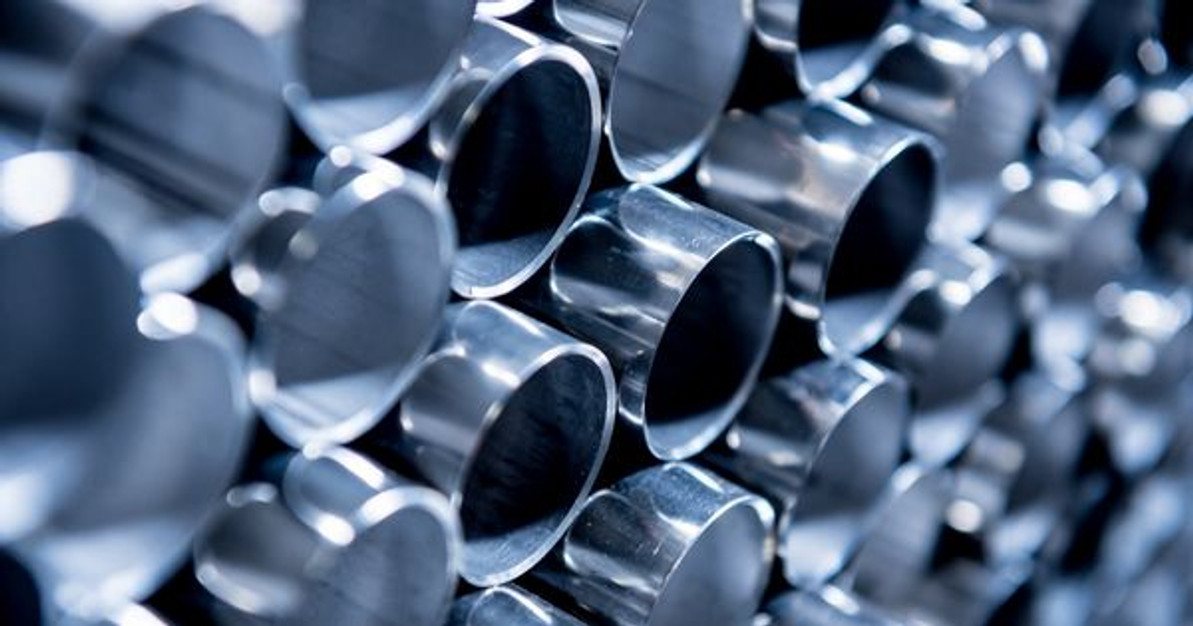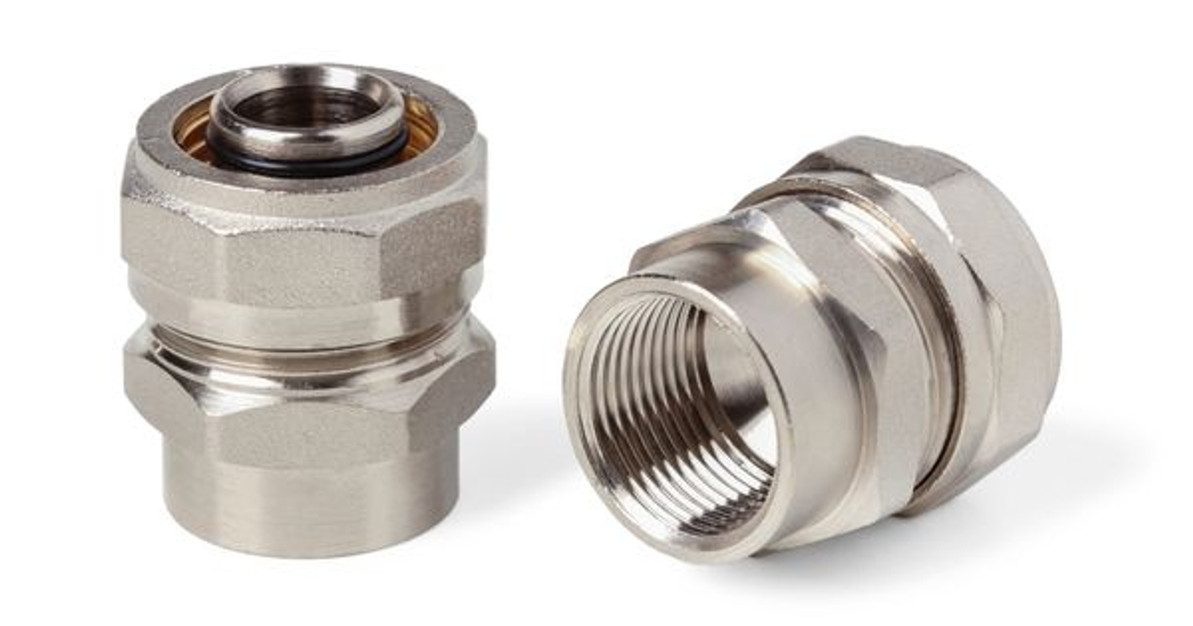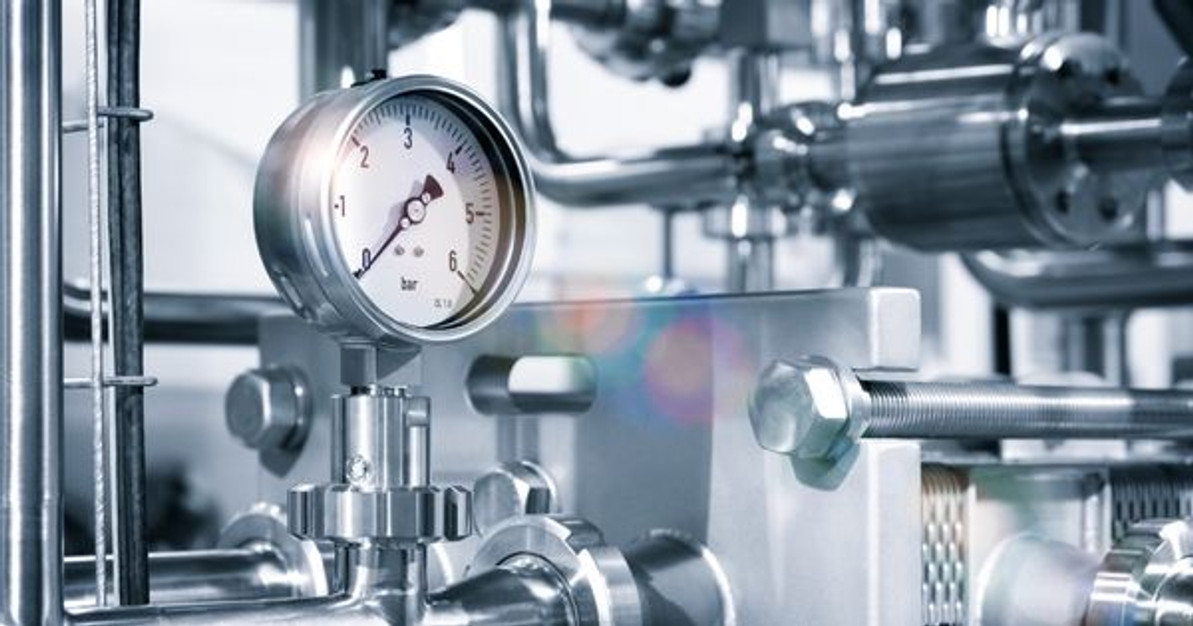 Aug 8th 2017
Aug 8th 2017 Sanitary Stainless Steel Fittings: Additional Metal Facts

In a follow-up to our previous blog post about some facts worth considering about various metal types that form the basis of our stainless steel fittings here at Chemseal, we’d like to continue to share our excitement about these basic yet important elements that support life here on Earth and around the universe. Without elements like aluminum, nickel, silicon, chromium, and others that form to make stainless steel the metal alloy that it is, our sanitary fittings industry simply wouldn’t exist or be what it is today.
Learn more about Chemseal here, or visit here to obtain a free guide about hygienic tube design guidelines, something that we’re very passionate about. Now, let’s continue looking at some interesting facts about important metal types.
Magnesium
This alkaline earth metal is one of the most abundant metals on the planet, making up a whopping 13 percent of the earth’s total mass. In sea water, magnesium is the third most abundant element, with sodium and chlorine being the other two. In terms of uses, magnesium is the third most commonly used structural metal after iron and aluminum. It’s strength and relative light weight makes it a popular choice for use in the aerospace and automotive industries.
Here’s another interesting fact about magnesium: Magnesium got its name from the Greek region of ‘Magnesia,’ which was known for the presence of naturally occurring magnesium compounds. Indeed, that was where magnesium was first discovered.
Silver
This transition metal has the highest electrical conductivity of all elements - even greater than copper, which is the most commonly used metal for electrical cables and wirings. However, due to the far greater cost of silver as compared to other metallic elements, this prevents its widespread use in electric wires and cables. Still, silver is used in various applications in the solar power sector, air conditioning, water purification, dentistry, photography, electronics, glass coatings, medicines, and even preventing fungal and bacterial growth in clothing.
Silver’s name is said to come from the Anglo-Saxon word ‘seolfor.’ Think about the name ‘silver’ for a second - can you try and think of a rhyme for the word that isn’t a made up word? There is actually no word in the English language that rhymes with silver. While you might not be able to think of a good rhyme, you can find silver around the world. Mexico is the world leader in silver mining, followed by Peru. Other major silver producers include Bolivia, United States, Canada, Russia, and Australia.
Titanium
If a metal could flex its muscles, it would be titanium. Titanium is as strong as steel but is 45 percent lighter, and it’s also twice as strong as aluminum but 60 percent denser at the same time. This makes titanium ideal for products like football helmet grills, laptops, tennis rackets, firearms, bicycle frames, and cooking utensils. Something unique about titanium is that it is the only element that burns in pure nitrogen gas.
Stainless Steel Fittings Combine The Best Of These Metals
Over time, we’ve been able to perfect and combine the right kinds of metals into what we now know as stainless steel. This sanitary metal is perfect for any hygienic fluid operation, and we want your company to be the next partner with Chemseal’s range of sanitary stainless steel fittings! Questions? Get in touch with us today.
 Aug 8th 2017
Aug 8th 2017 Recent Posts
-
Nov 7th 2022
What Is Food-Grade Stainless Steel Tubing?
Businesses that produce food and beverage products must operate hygienically. Sterile environments a …Nov 7th 2022
-
Oct 11th 2022
Why Sanitary Fittings Are Important for the Medical Industry
Sanitary fittings are useful for many industries. Food and beverage manufacturers have used these to …Oct 11th 2022
-
Sep 23rd 2022
What Is the Max Operating Temperature for Stainless Steel?
Stainless steel is valued in many industrial applications because it’s capable of withstanding high …Sep 23rd 2022




